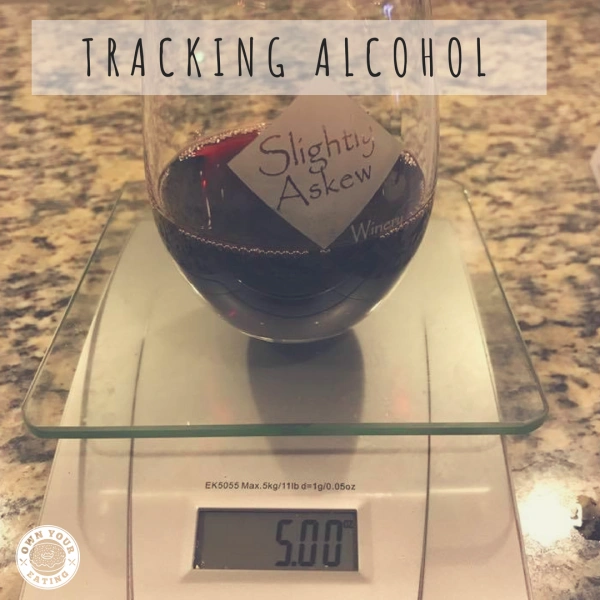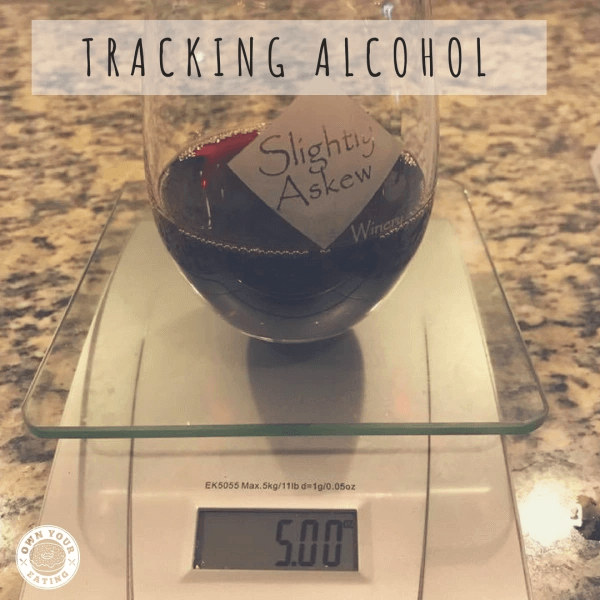Tracking Alcohol With Macros – How to Do the Math!


April 17, 2021 | Be Strong. Be MoeStronger!,
Tracking alcohol might sound tedious, but if you’re serious about your goals and living a sustainable lifestyle then it’s important that you learn how to do it. Flexible eating is designed to be flexible! Enjoying a few drinks with your family and friends now and again is a part of life. So here’s how you can plan ahead for those drinks and still hit your numbers at the end of the day.
Tallying up how many grams of protein, fat, and carbs you can eat every day will help keep your weight down and muscle definition up. Tracking macros is not as hard as you think. With the help of an app that does all the calculating for you, even your granny could figure out how to track her macros. But not everything we consume falls within one of the three categories and yet somehow it still contributes to our caloric intake. What am I talking about? Alcohol of course! So here’s where things get a little bit complicated.
Most food and drink breakdowns are pretty obvious, you can look them up in MyFitnessPal or scan the nutrition label on the bottle and the app pulls up the relevant macronutrient content. Genius! Except MFP isn’t quite so clued up when it comes to tracking alcohol. Why is that? Well because alcohol isn’t a macronutrient. The app will still attribute a caloric value to your drinks, but it doesn’t attribute the alcoholic content to any of your macros (except sometimes it tracks carbs in drinks like beer). Because we need to account for all of your calories we need to add it in as if it is a macro. So which category should alcohol fall under?
When we think about a beer we might assume, well beer comes from malted barley and other cereal grains so obviously it should be considered a carb, right? Well not so fast. Alcohol could swing into either carbs or fat. But before we get to that, let’s do a quick review.
Fat, protein, and carbohydrates are the three macronutrients essential to sustaining life. Now I know it might not feel like it sometimes, but alcohol is not an essential nutrient—you can live without it! Alcohol isn’t essential, but it does provide calories and energy, which are two of the main parameters of macronutrients.
This does not mean you should recalculate your macro breakdown to score 10% of your calories from your jack and coke or white wine spritzer ? – remember alcohol is not essential! But alcohol does have calories, so those have to go somewhere in your daily nutrition goals.
Protein is far too important for us to allow alcohol to deplete our daily intake so we can either treat alcohol as if it’s a carbohydrate or a fat. There are about 7 calories per 1g of alcohol, so from an energy perspective, alcohol falls between fat at 9 calories per gram and carbs, which provide 4 calories per gram.
To metabolize alcohol, the body converts ethanol to acetaldehyde to acetate, and then shuttles it through the citric acid cycle—which means alcohol acts like both a carbohydrate and fat. The truth is you could count alcohol as either a carb or a fat, and you wouldn’t be wrong.
The argument in favor of tracking alcohol as fat is that alcohol’s energy density is closer to fat’s. But there’s a pretty strong case to count alcohol as a carb, too. Most beers, wine, ciders, champagne, and mixed drinks also have carbs in them (though straight liquor does not), so you’re already counting at least some of your drink in the carb category. From a convenience standpoint then, it’s much easier to count the whole drink as carbohydrates.
One thing you might want to consider is your personal macro breakdown. If you somehow find yourself at the end of the day with 100g of carbs left and only 10g of fat, then you’ll probably want to count your booze towards your daily carbohydrate goal. Your daily goals in general, may give you a little more room to treat alcohol as if it’s a carbohydrate.
Whether you choose to track your alcohol as carbohydrates or fat or both, here’s what you’ll need to do to do it.
Tracking Alcohol – The Math
1. Tracking alcohol as carbs:
Let’s use a 5oz glass of red wine as an example which has 105 calories.
Remember that 1g of carbohydrate produces 4 calories, which means that a 105 calorie glass of wine will add 26g of carbs to your count.
105 calories divided by 4 cal/g = 26g of carbs
2. Tracking alcohol as fat:
Again, using the 5oz glass of wine as before with 105 calories.
1 g of fat produces 9 calories, which means that a 105 calorie glass of wine will add 12g of fat to your count.
105 calories divided by 9 cal/g = 12g of fat
3. Tracking alcohol as fat and carbs:
Let’s take a Corona light as an example which contains 99 calories.
Simply divide the total calories in half and then follow the math as above:
Carbs = 49.5 calories divided by 4 cal/g = 12g carbs
Fat = 49.5 calories divided by 9 cal/g = 6g fat
Here’s a couple examples for you in a handy little table:
Drink Total Calories Track as carbsTrack as fatTrack as carbs & fat150
150 / 4
= 38g
150 / 9
= 16.6g
75 / 4 = 19g carbs
75 / 9 = 8g fat
200
200 / 4
= 50g
200 / 9
= 22g
100 / 4 = 25g carbs
100 / 9 = 11g fat
Alcohol – MyFitnessPal Entry
So, how exactly do you go about putting this in your app? Well if you’re using the Premium version of MyFitnessPal you’ll be able to do a “Quick Add” entry in order to account for your drink.
If you’re not sure what we’re talking about and want to get a little more savvy with your app then check out our Guide to MyFitnessPal.
Those who don’t have the premium version of the app or if you just want a simple no nonsense solution to all this, then all you need to do is search for the smart entries we created in MyFitnessPal. Just search for “Own Your Eating” in the database and the following entries will be pulled up for you:
Standard glass of wine – 5 oz (100 calories) = 25g carbs
Standard light beer – 12oz (100 calories) = 25g carbs
Regular beer – 12oz (150 calories) = 38g carbs
Liquor 1 shot – 1.5 oz (100 calories) = 25g carbs
Tracking Alcohol – The Takeaway
We track alcohol as carbs because it keeps life simple and because fat is usually just too precious to spend on alcohol ? But do what works best for you! The bottom line is that you’re keeping track of it and attributing it to either your fat or your carbs so that those extra calories are being accounted for.
Here’s Jason explaining how to take account of alcohol in your macros in less than 3 minutes. It’s worth your time friends! Watch on ??
Article reposting – originally posted by “Own Your Eating” on July 30, 2018

